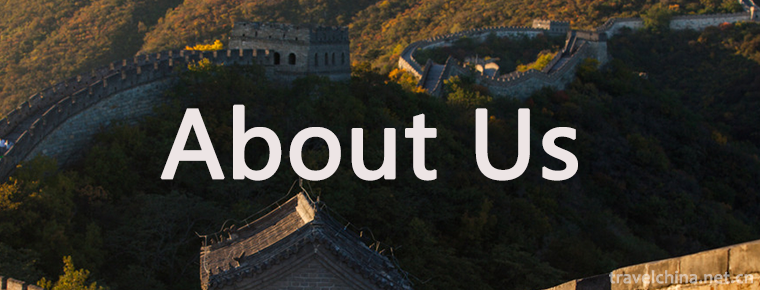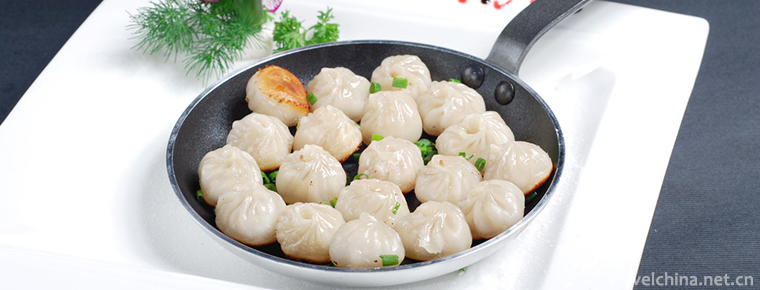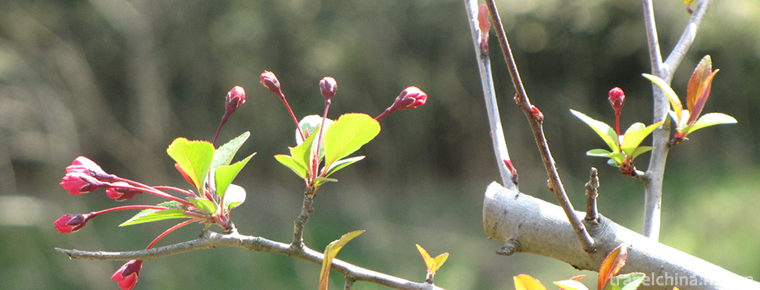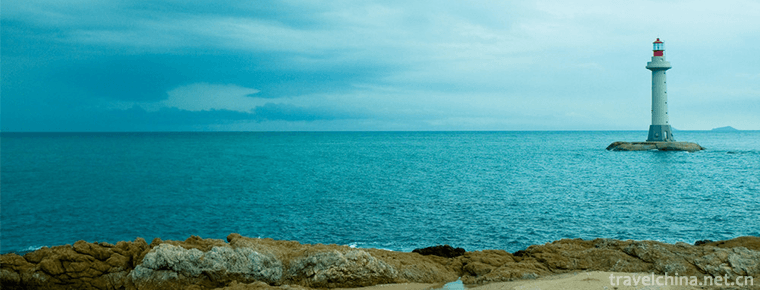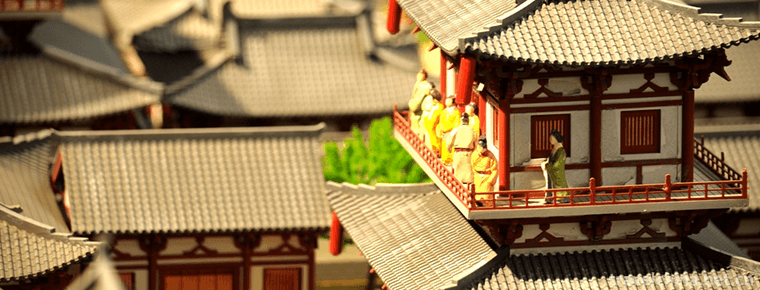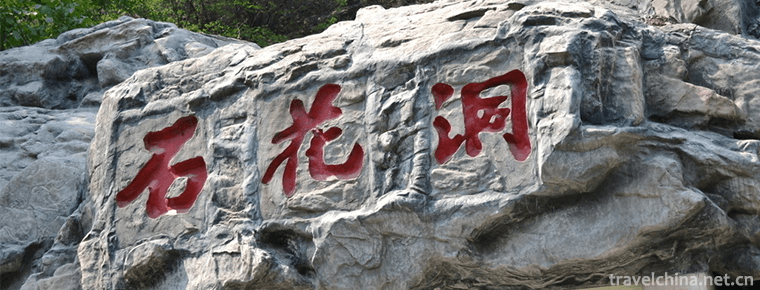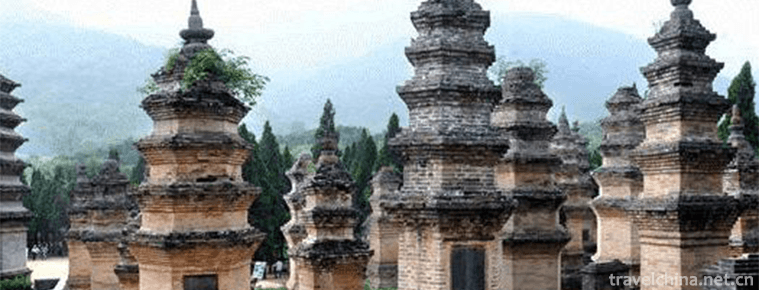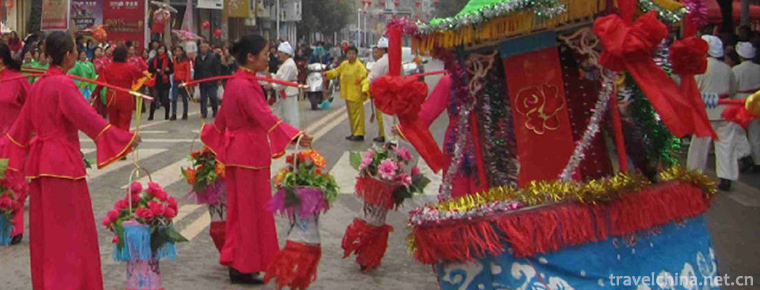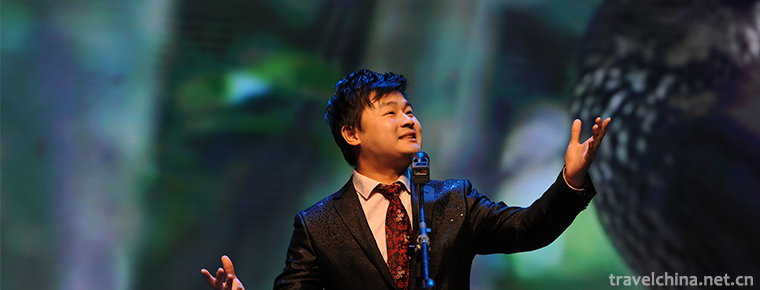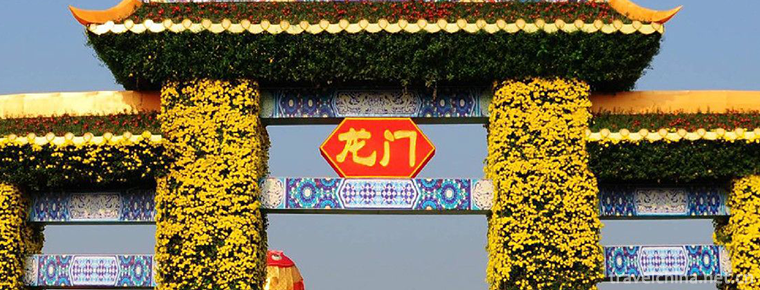Engraving Printing Skills
Engraving Printing Skills
Engraving printing technology, Yangzhou City, Jiangsu Province, local traditional handicraft, one of the national intangible cultural heritage.
Carving, catalpa line, engraving and so on are the skills of reverse engraving words and images on the board, then brushing ink on the board and laying paper under pressure, so that the pictures and text on the plate can be transferred to paper. This technique has higher aesthetic requirements in writing and design. The key of engraving is to control the speed and direction of the knife, especially the sticking, knitting and folding skills. The whole process exudes a simple and elegant cultural atmosphere.
On May 20, 2006, the woodblock printing technology was listed in the first batch of national intangible cultural heritage list by the State Council of the People's Republic of China. The number of the heritage is_-78.
historical origin
Engraving printing began in Sui Dynasty and went on in Tang Dynasty. Excellent in the Song Dynasty, prosperous in the Ming and Qing Dynasties. On this basis, Bi Sheng invented movable type printing in Song Dynasty, but block printing was not completely replaced by movable type printing, which still occupied an important position in ancient Chinese printing industry.
Printed objects in the Sui Dynasty have not yet been circulated. The earliest surviving printed matter is the "Draconian Sutra" unearthed from the tomb of the Tang Dynasty in Xi'an. The Diamond Sutra, produced in the Dunhuang Tibetan Sutra Cave, was engraved in 868 A.D. (the Ninth Year of Xiantong, Tang Dynasty). Yuan Zhen, a poet of the Tang Dynasty, wrote a preface to Bai Juyi's poems. He talked about Bai Juyi's poems being widely spread through "Mole". From the literature at that time, Yangzhou block printing flourished in Tang Dynasty.
During the Five Dynasties and Ten Kingdoms, the printing area expanded and the variety increased. The most prominent thing was that the government began to organize and print Confucian classics in Guozijian.
In the Song Dynasty, printing flourished in China. At that time, Yangzhou was at the forefront of the military confrontation between the north and the south, with constant wars and a lack of social environment for stereotyped books. The woodblock printing of Yangzhou in Song Dynasty was not commensurate with its status.
In the Yuan Dynasty, the economy and culture had not been restored, and the war started again, and the Yangzhou Engraving Society only continued sporadically.
In Ming Dynasty, with the gradual recovery of economy and culture, block printing also developed. By the middle and late Ming Dynasty, the official and private engraving industry had developed greatly. Shen Kuo's Mengxi Literary Talk, presided over by Professor Tang Xiunian of Yangzhou Prefecture School, became the ancestor of various publications of the book.
In the Qing Dynasty, the development of Yangzhou block printing was at its peak. Official engraving, square engraving and family engraving stand in great numbers, engraving work is spread all over the country, and the engraving industry is flourishing unprecedentedly in China.
Book Title area. The scale of Yangzhou official inscriptions in the Qing Dynasty was much larger than that of the previous dynasties. In the Qing Dynasty, a professional printing agency was set up to concentrate human and financial resources on printing. The successive establishment of Yangzhou Poetry Bureau, Yangzhou Bookstore and Huainan Bookstore and their brilliant achievements have also played a tremendous role in stimulating and promoting Yangzhou block printing.
In the Qing Dynasty, Yangzhou scriptures were engraved in the north of the Yangzhou River. The Buddhist scriptures were engraved in the brick bridge method of Jiangdu (founded in the fifth year of Tongzhi reign of the Qing Dynasty). They were carefully proofread and neatly engraved. They were sold at home and abroad. They were called "brick bridge engravings" in the academic circles. The number of printed scriptures is more than 1000 volumes.
In 1958, the carving artists scattered around Yangzhou concentrated in Yangzhou, engaged in the repair of stereotypes, and carved a part of the new version. In order to keep this ancient engraving process from being lost, Guangling Engraving Press was established in that year to undertake the collection, collection, collation and protection of ancient plates, and to organize and publish ancient books. Since 1962, more than 200,000 ancient editions of Jiangsu, Zhejiang and Anhui have been collected for unified renovation and protection. The Cultural Revolution was interrupted. In 1978, it was restored and renamed as Guangling Ancient Books Engraving Press of Jiangsu Province, and in 1999 it was renamed as Guangling Books Press.
Process characteristics
Wood with fine texture, uniform texture, easy processing and abundant resources must be selected for the materials used in engraving and printing. In order to obtain local materials, pear and jujube wood are mostly used in northern engraving, while poplar and catalpa wood are mostly used in southern engraving.
The ink used in engraving printing is also more distinctive, mostly using pine smoke and other raw materials, secret recipe preparation, so fragrance overflowing, never fade.
The tools used in engraving and printing are mainly carving knives and spade knives, which have various shapes and sizes. Carving different sizes of text and different parts of the text, we have to choose different carving knives.
Engraving printing technology has higher aesthetic requirements for writing and layout design. Engraving is the key technology to determine the quality and artistry of printing materials. It needs to control the speed and direction of knife movement, especially sticking, weaving and folding. The Guangling Ancient Books Engraving and Printing Agency in Yangzhou, China, still maintains a complete set of ancient books engraving and printing process, which has more than 20 processes. The whole process exudes a simple and elegant cultural atmosphere.
The inheritance mode of engraving printing technology can be divided into official carving, square carving and family carving according to the organizational form, and the inheritance characteristics are different. The inheritance of Yangzhou block printing technology can be divided into these three forms, but the inheritance is more orderly and the performance is more unique. Official inscriptions in Yangzhou are characterized by their high specifications, large scale, long duration, far-reaching influence and fruitful results. For the main purpose of making profits, the printer employs relatively stable engraving and printing artists to concentrate on engraving books in the bookstore, and gradually forms a unique style of engraving in a bookshop or a school of engraving in a certain area. Home-printed books account for the majority, and the most exquisite ones. Official engraving, square engraving and family engraving have played an important role in the dissemination and inheritance of Yangzhou engraving and printing technology, and also provided a broad space for the inheritance of engraving and printing technology.

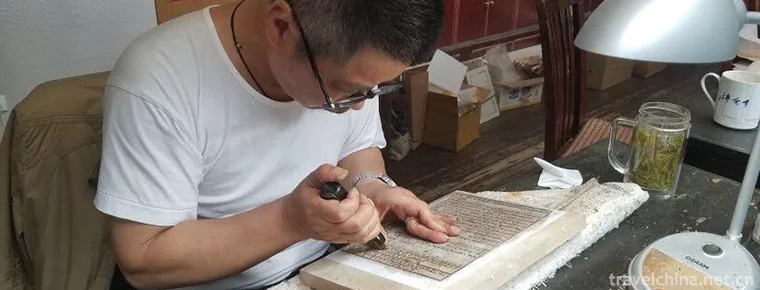
-
About Us
If you are interested in Chinese culture, Beautiful Scenery and Delicious Food, Welcome to China..
Views: 360 Time 2018-09-28 -
Beef bun on pot
Beef bun on pot/Beef frying bag is a home-cooked delicacy. It is made of beef as the main ingredient and salt as the auxiliary ingredient. Among them, the most famous and authentic is Yongcheng specia.
Views: 592 Time 2018-11-26 -
Gucun Park Shanghai
Gucun Park is located in Gucun Town, Baoshan District, from north to Shapu, south to Jiazaobang, and adjacent to Huanbei Avenue of the Outer Ring Road,.
Views: 91 Time 2018-12-19 -
Size Dongtian Scenic Spot
The Size Dongtian Scenic Area (formerly known as the Haishan Scenic Spot and Aoshan Scenic Spot) is located in the southern corner of Hainan Province, 40 kilometers west of Sanya City.
Views: 387 Time 2019-01-07 -
Guyuan Northern Dynasty Sui and Tang Dynasties Cemetery
The tombs of the Northern Dynasty and Sui and Tang Dynasties in Guyuan are located in Xiaomazhuang, Yangfang, Shengou, Dabao, Wanglioba, five natural villages in the West and south suburbs of Yuanzhou.
Views: 116 Time 2019-01-12 -
Qinghai Kekexili National Nature Reserve Hoh Xil
The Kekexili National Nature Reserve in Qinghai Province is located in the western part of Yushu Tibetan Autonomous Prefecture with a total area of 4.5 million hectares.
Views: 165 Time 2019-01-29 -
Shihuadong National Geological Park
Beijing Shihuadong National Geopark is located in Cheying Village, Nancheng Town, Hebei Province, Fangshan District, Beijing. It is a seven-storey karst cave 55 kilometers away from Beijing.
Views: 131 Time 2019-02-08 -
Historic Architectural Complex in Heaven and Earth
Historic buildings in Tiandi, World Cultural Heritage, National Key Cultural Relics Protection Units and National AAAAA Tourist Scenic Spots are located in the hinterland and surrounding.
Views: 261 Time 2019-02-21 -
Automative lighting
Car lights are also known as "teasing Momei" and "running a dry boat". It is mainly performed around the Spring Festival..
Views: 326 Time 2019-04-16 -
Oral skills
Oral skill is an excellent folk performing skill and a kind of acrobatics. Originated in ancient times, people used to hunt, imitate the sound of animals, to deceive prey for food. According.
Views: 197 Time 2019-05-10 -
Xiaolan Chrysanthemum Club
Xiaolan Town, located in the middle of the Pearl River Delta, is an important town in Zhongshan City, Guangdong Province. Xiaolan has the reputation of "Chrysanthemum City". Chrysanthemum cu.
Views: 271 Time 2019-07-06 -
Transportation in Mianyang
By the end of 2018, Mianyang had 20146 km of highways, 412 km of expressways, 268 km of Railways and 57 civil aviation routes..
Views: 152 Time 2020-12-14
